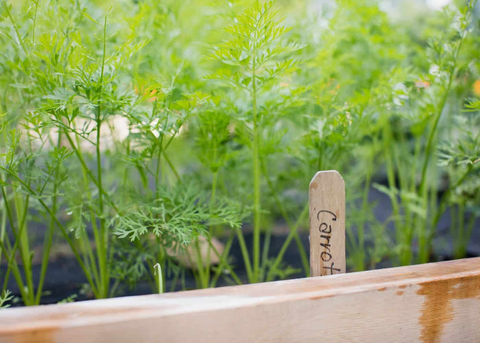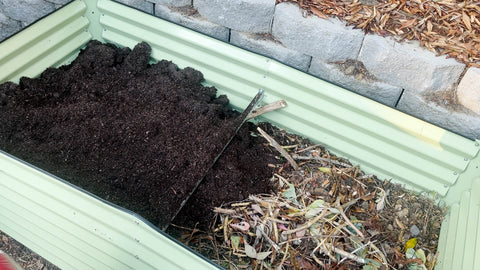A raised garden bed is a popular choice for both novice and experienced gardeners. They provide a range of benefits, including improved soil drainage, reduced weed growth, and easier plant management. However, a key aspect of maintaining a successful garden bed is reinforcing the bottom to ensure stability and longevity. In this article, we will discuss how to strengthen the foundation of your garden bed. The following content also has some reference value for raised garden beds.
Why reinforce the bottom?
The bottom of your garden bed serves as the base for the entire structure. It supports soil, plant weight, and any additional features you may have in your garden bed. Without proper reinforcement, the bottom can weaken over time, causing sagging, instability, and possibly even damage to the bed itself. Reinforcing the bottom is essential to maintaining a healthy and productive garden.

Materials and tools needed:
- Landscape fabric or weed barrier: This will help prevent weeds from growing in the soil and provide additional support.
- Stiff cloth or barbed wire: used to increase strength and deter burrowing pests.
- Wooden or metal stand: Depending on the material of your garden bed.
- Screws or nails: Secure the retainer firmly.
- Shovel: Used to prepare the site and dig holes for the support.
- Tape measure: Ensures accurate size and spacing.
- Hammer or screwdriver: Used to secure hardware, cloth or wire mesh.
Steps to strengthen the bottom of your garden bed:
- Select the right material: Select the right material to reinforce the bottom. Landscape fabric or weed barriers will help prevent weeds, while hardware cloths or wire mesh provide stability and deter pests. Depending on the material of your garden bed, determine whether a wooden or metal stand is more appropriate.
- Measurement and preparation: Measure the internal dimensions of the garden bed to determine the amount of material needed. Then, clean up any debris, weeds, or rocks under the bed.
- Lay landscape fabric or weed barrier: Start by covering the entire bottom of the garden bed with landscape fabric or weed barrier. This will prevent weeds from growing and disturbing your plants. Trim any excess fabric and secure it to the sides of the bed with staples or other fasteners.
- Add metal cloth or wire mesh: Cut metal cloth or wire mesh to fit the bottom of the garden bed. Lay it on landscape fabric to ensure it covers the entire area. Fasten it firmly to the sides of the bed with screws or nails. This extra layer provides structural support that prevents pests such as moles and gophers from getting into your garden.
- Install brackets (if necessary): If your flower bed is made of wood, you may want to consider installing wooden or metal brackets. These can be placed vertically at regular intervals along the inside of the bed to provide additional support and prevent the sides from bending outward over time.
- Fill in soil: Once you've reinforced the bottom of your garden bed, you can move on to filling it with your chosen garden soil mixture. Be sure to smooth and compact the soil when filling to maintain the stability of the soil.
- Planting and maintenance: With the fortified garden bed ready, you can move on to growing your favorite vegetables, flowers or herbs. Regular maintenance, including watering and weeding, will ensure a healthy and productive garden.

By following these steps to reinforce the bottom of your garden bed, you can enjoy the benefits of a stable and long-lasting garden. Proper reinforcement ensures that your garden bed can withstand the weight of soil and plants while preventing problems such as sagging or damage. With the right foundation, your garden bed will thrive for years to come, providing you with a rich harvest and a beautiful garden space.









